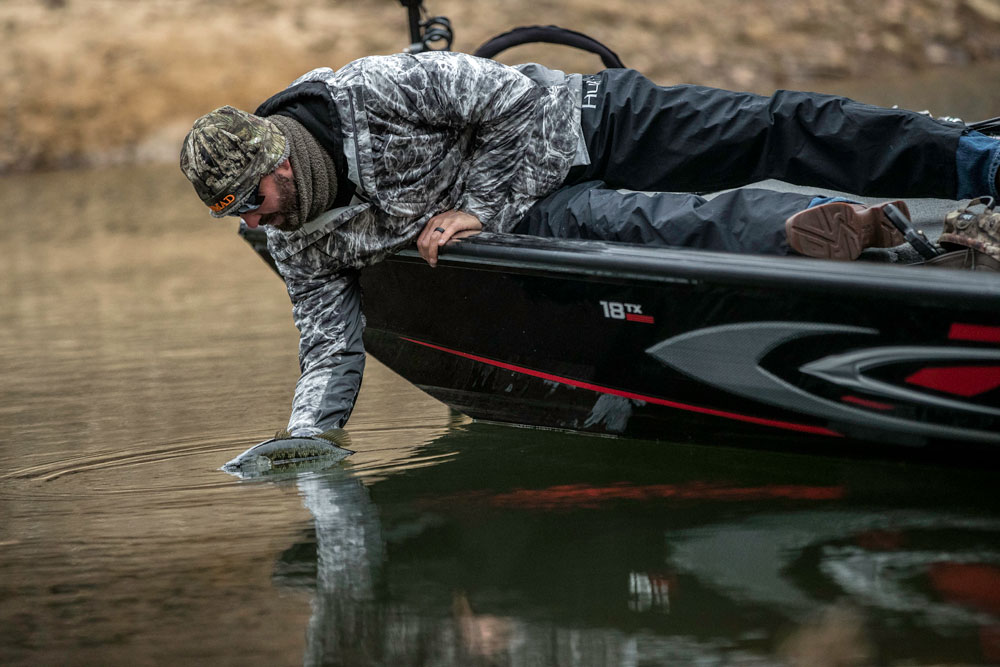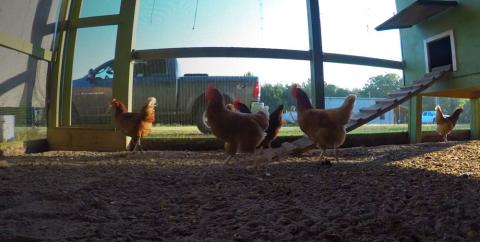with Gerald Swindle

In the 2019 Bassmaster Classic, I was catching quite a few bass in shallow water. But I was hooking them on the outside of their chins, making them extremely hard to land. The first three fish I caught were big bass, but I wasn’t able to land them because of where they were hooked.
I decided what the bass were doing was coming down on top of the lure and not taking the lures in their mouths. When I felt a bass hit the bait, I’d set the hook, but because my bait was on the outside of its mouth, it easily could shake it loose. Early in the day, that was the only way I could get the fish to bite, but then later on, I ran that same pattern and couldn’t get the bass to bite at all. However, toward the end of the day, I rallied and caught an 18-inch smallmouth, along with other keeper bass. I think the bass pulled out of the shallow water when the sun rose high in the sky, and then moved back into the shallow water late in the afternoon.
To solve this problem, I decided to change the action on my rod. I increased the size of the line I was using, which helped float the bait up off the bottom, and I didn’t reel the lure as fast as I did in the morning and the afternoon. Even though I was getting bites and hooking bass by fishing a shallow-running bait and letting it dig the bottom, I was losing the fish because they were diving down on the bait and not being able to suck it into their mouths. So, by increasing my line size, using a different type of rod and reeling my lure slower, I was able to fish that shallow water after letting my bait come off the bottom where a bass got it in its mouth.
When you fish early and late, you expect the bass to be in shallow water. However, if you’re losing fish, and you’re dragging and cranking a bait so that it digs the bottom, you may want to change your set-up and slow down your reeling. Then the bass can get the lures in their mouths.



























